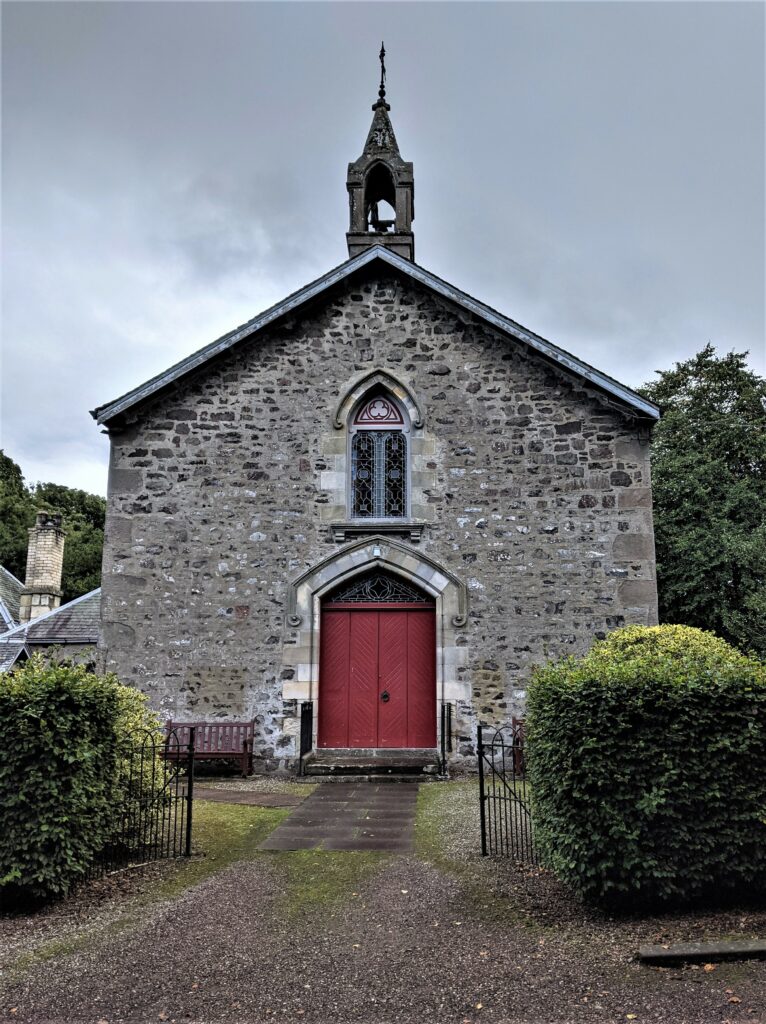History
Ancient Origins
The landscape of coastal Fife has been shaped by millennia of religious activity.
As far back as Neolithic times the residents of Fife were creating spaces for worship and rituals. Carved stones, the remains of henges, and complex burials provide tantalising hints about the belief systems of the peoples of prehistoric Fife. From the middle of the first millennium A.D. Fife was increasingly influenced by Christianity. Many of these early Christian centres were along the coast at places like Culross or the Isle of May. By the twelfth century substantial stone churches were being built at a number of sites in Fife. Some of these structures still survive. This image shows the twelfth-century chancel of Leuchars Parish Church.
Fife in the Middle Ages
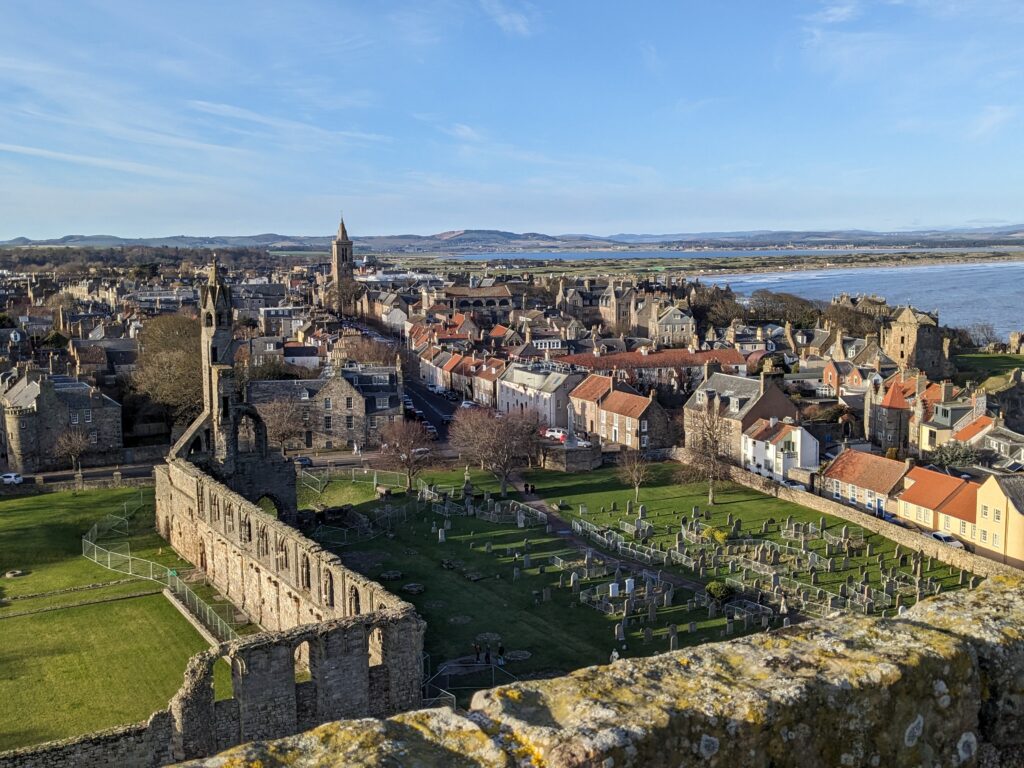
The Rise of St Andrews
Today the Fife town of St Andrews is best known for its university and golf courses. Yet in the Middle Ages St Andrews was a major religious centre. There is evidence for a religious community at St Andrews as far back as the eighth century. The church and associated settlement were originally known as Kinrymont. During the early Middle Ages the churchmen at Kinrymont acquired bones and a tooth which they believed were from Jesus’s apostle Andrew. The religious community was renamed St Andrews in his honour.
St Andrews came to be regarded as the religious capital of Scotland, and by the late Middle Ages was praised as the ‘lady and mistress of the whole kingdom’. In the 1470s the bishops of St Andrews were promoted to become archbishops. Meanwhile St Andrews Cathedral was the largest building ever constructed in medieval Scotland. During the fifteenth century St Andrews also became home to Scotland’s first ever university – which was intended to further ‘divine and human learning’ among Scottish churchmen.
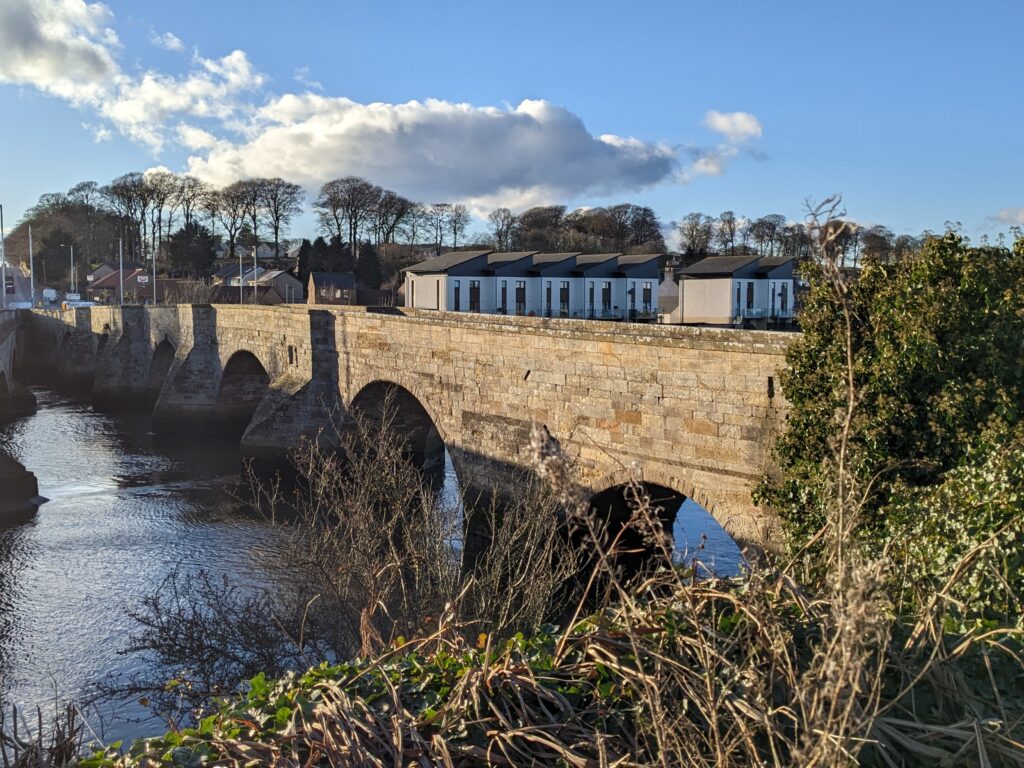
Religious Wealth
St Andrews was not the only important religious centre in medieval Fife. Major monasteries were built along the coast at places such as Culross, Balmerino, and Lindores (on the edge of Newburgh). Slightly inland the vast Benedictine monastery at Dunfermline was for many years the burial place of Scottish kings and housed the shrine of Queen Margaret (who was officially declared a saint in 1250). The prosperity of Fife’s coastal burghs also allowed impressive parish churches to be constructed at places like Anstruther, Crail, and Dysart.
By the end of the Middle Ages the Roman Catholic Church was the largest landowner in Fife and played a central role in the local economy. The bishops (later archbishops) of St Andrews helped support transport routes, investing in bridges and supporting ferries. Churchmen also lobbied the king and parliament on behalf of Fife traders. Large sums of money passed through the hands of the Church. Some of this wealth was used to help the poor and sick, and to expand educational opportunities (both at the University of St Andrews and at local schools).
Reform and Conflict
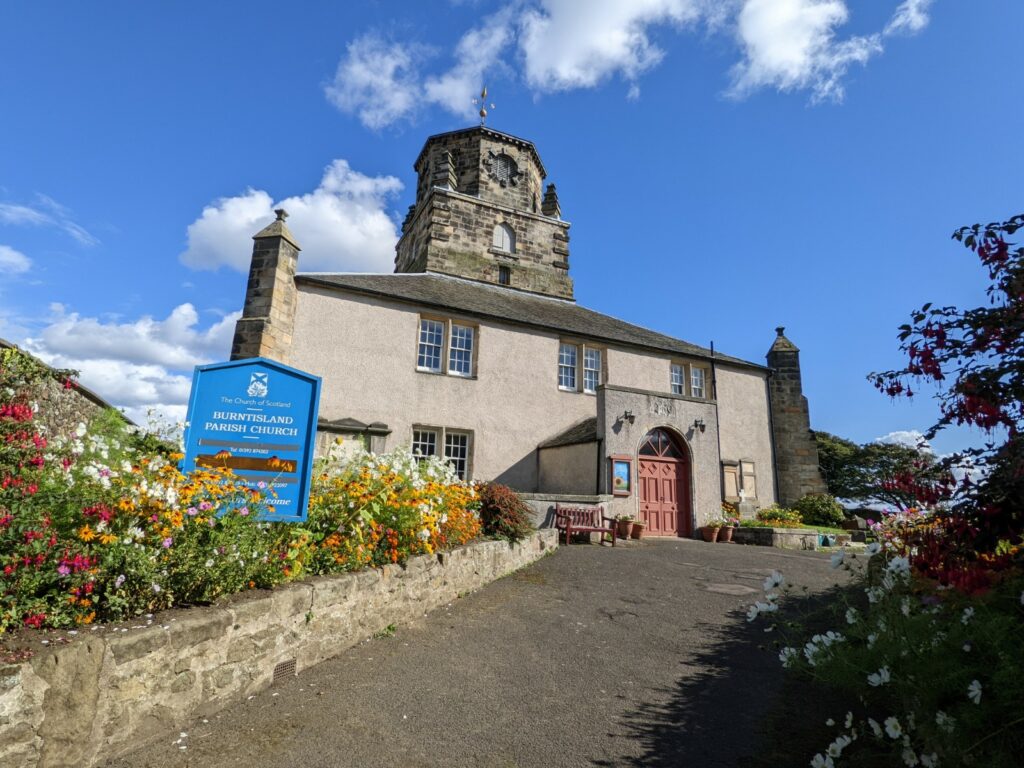
The Growth of Protestantism
In the sixteenth century there were growing tensions between Fife’s church leaders and sections of the local population who wanted religious change. Fife had strong connections across the North Sea with France, Flanders, and Germany, and publications from Protestant activists in Continental Europe were smuggled into ports such as St Andrews from the 1520s onwards. Debates over the future direction of the Church became increasingly bitter, and violence was resorted to by both sides.
In 1559 and 1560 Fife was at the heart of the religious rising which forced through Scotland’s shift from Roman Catholicism to Protestantism. Cupar, Crail, and Anstruther were all descended on by Protestant activists early in the summer of 1559. The Reformers tore down altars and images, and started celebrating services according to the English Book of Common Prayer. In June of that year the nation’s religious capital of St Andrews was reformed. The churches in St Andrews were purged of altars and images, and religious life ended at the Cathedral and local friaries. Lindores Abbey on the north coast of Fife was also sacked at this time and the monks were forced to watch as religious images, mass books, and vestments were burned in their presence.
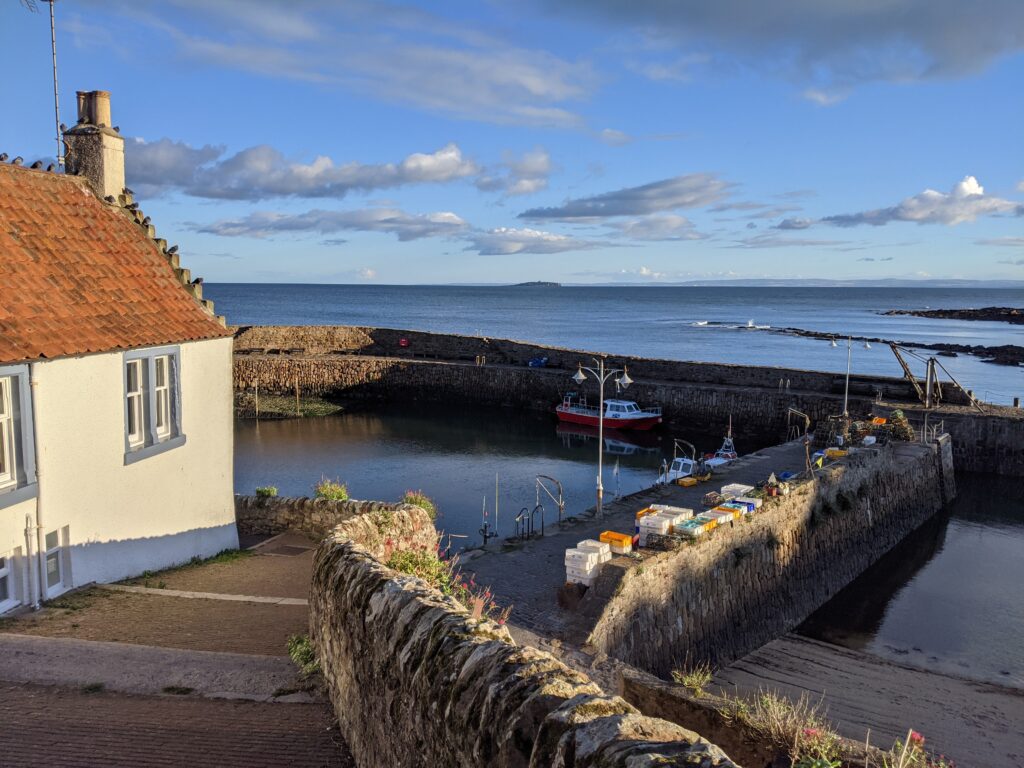
Disputes and Divisions
By the early 1600s most people in Fife were firmly Protestant. However, there were disputes over what form a Protestant Church of Scotland should take. Major disagreements arose regarding questions such as the nature of church government (and in particular whether bishops were acceptable), what form religious services should take, and how strictly people’s personal morality should be controlled. At the end of the 1630s religious war once more broke out.
The middle years of the seventeenth century were characterised by major religious and political divisions. Local churches were overtaken by splits between people who wanted plainer worship and a more democratic style of church government (Presbyterians) and people who wanted more elaborate religious ceremonies and leadership by bishops (Episcopalians). At the start of the 1660s it looked as though the Episcopalians would triumph, and the newly restored King Charles II made James Sharp archbishop of St Andrews. This appointment turned out to be a mixed blessing as Sharp was murdered by religious opponents while travelling across Magus Muir in 1679.
At the start of the 1690s the Scottish Parliament (with the consent of the new monarchs William and Mary) declared its support for a Presbyterian religious settlement. Many Fife residents welcomed this change, but a proportion of Episcopalians refused to conform to the new religious regime and set up their own breakaway congregations. These provide the origins of the modern Scottish Episcopal Church.
Growing Diversity
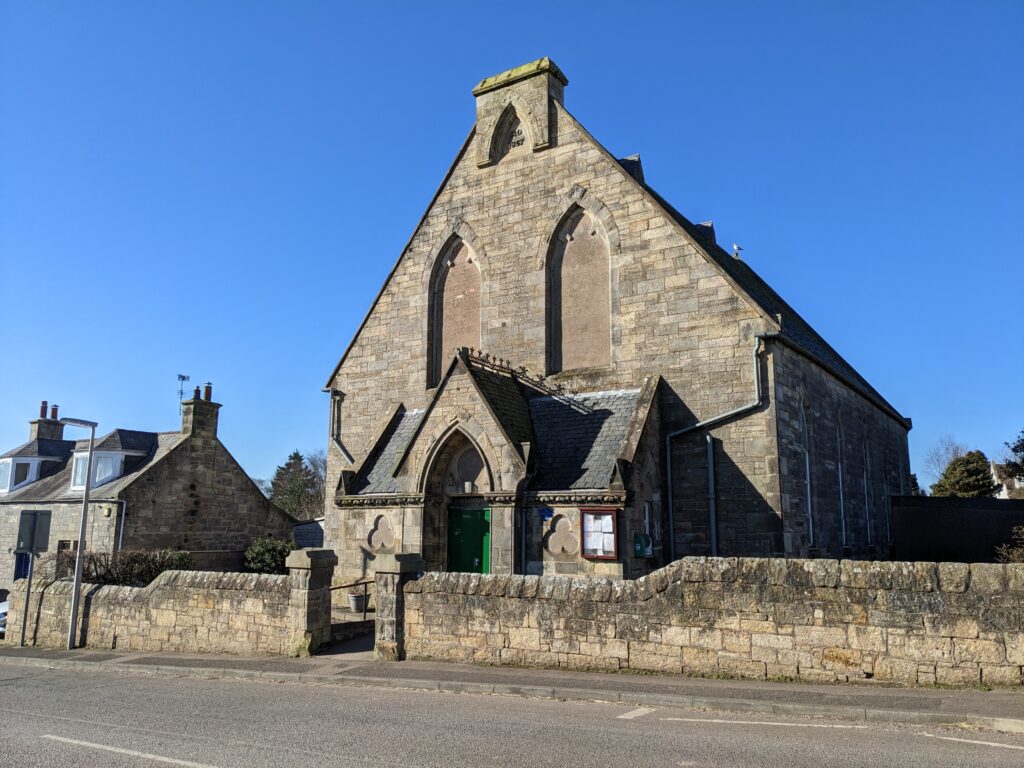
New Denominations
During the eighteenth and early nineteenth centuries the Presbyterian Church of Scotland faced a number of challenges. Particularly acrimonious arguments arose over church finance and appointments, leading many to leave the national church and start their own ‘dissenting’ congregations. As a result many new church buildings sprang up in Fife’s villages and towns, with places such as Kirkcaldy and Inverkeithing seeing especially large dissenting congregations. Fife was becoming increasingly religiously diverse, although most people did still follow some form of Protestantism.
The twentieth century saw some healing of the divisions between different groups of Protestants. There was also a notable growth in Roman Catholicism in Fife, partly because of migration from Ireland and Continental Europe. New evangelical communities sprang up, sometimes worshipping in houses and halls, rather than constructing traditional church buildings. In recent decades other religious traditions such as Islam and Buddhism have also started to have more believers in Fife, while a section of Fife’s population have withdrawn from formal religious identities.
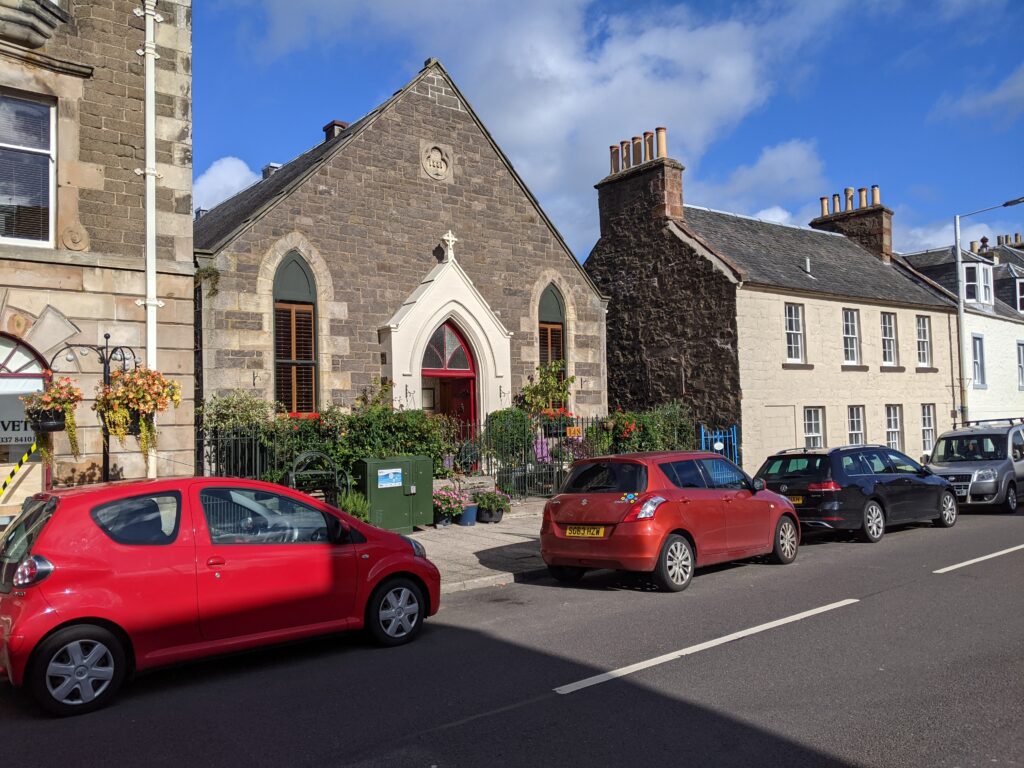
Closures and Change
A combination of declining congregations and problems in church finance has recently led to the closure of several Fife churches, again bringing change to local communities. Since written records began, expressions of faith in Fife have always been evolving. Yet whatever the future holds, Fife’s landscape, buildings, and culture remain profoundly influenced by generations of faith.
